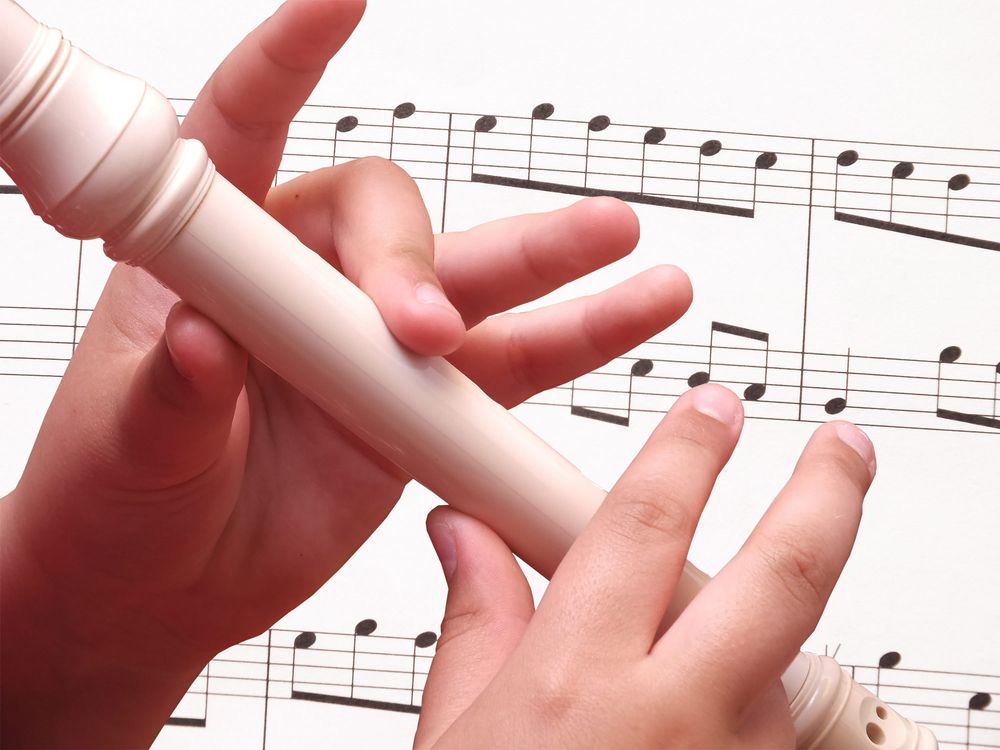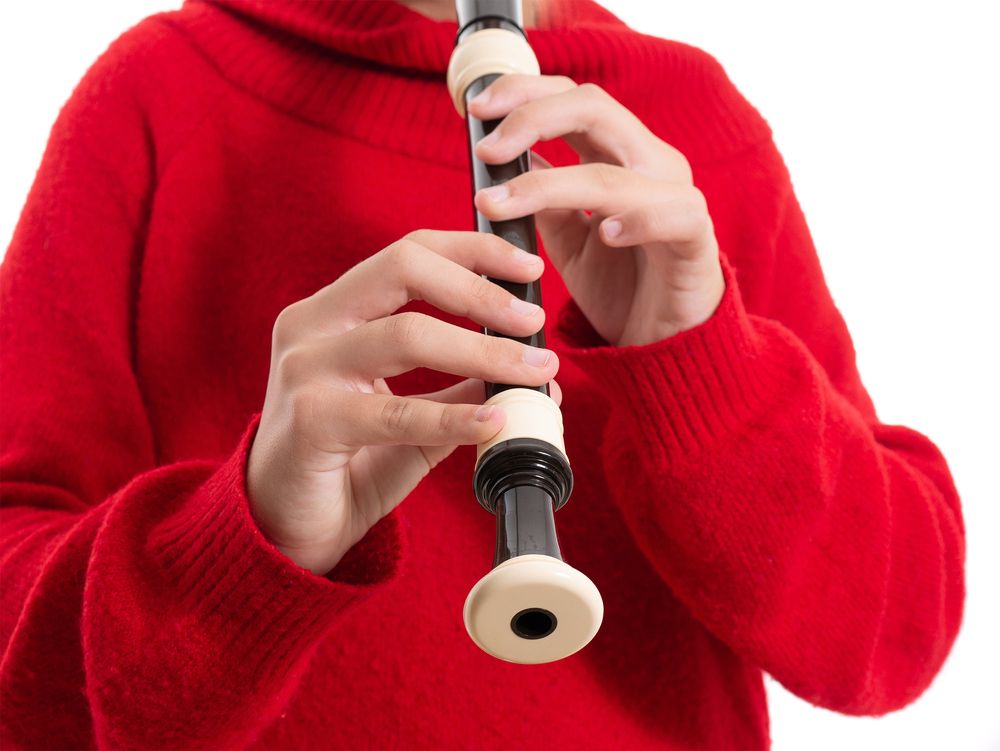4. Beginner Recorders
The recorder is both very popular and particularly suitable for beginners. It has been adopted by schools from primary level for over 100 years, partly because of its very low cost, and because it helps to learn to read music, and to train the ear in pitch recognition and intonation. Unlike other wind instruments, a reasonable tone can be reproduced without too much difficultly, as you just have to blow rather than learn the complicated embouchures of other wind or brass instruments. Recorders are available in a range of different sizes - sopranino, soprano, descant (the most common), alto, tenor and bass, and so make good ensemble instruments for teachers wishing to encourage group music making, but they also work well on their own.


At the entry level, a descant recorder made from maple costs approximately £10 and is an ideal starting point for the young beginner, although for the very young, recorders are also available in plastic which can take accidental knocks and bumps that a wooden recorder would not. As plastic doesnt sound as good, some recorders have a plastic mouthpiece married to a wooden body which means you don't have to play it in and also makes it less susceptible to damage, but still retains some of the warmer, softer qualities of a wooden instrument. Recorders are made in a range of woods from the softer maples and pearwoods through to the much harder Afrcian blackwoods and ebonies.

Recorder with German fingering

Recorder with Baroque fingering
Recorders come in two different types of fingering: German or Baroque. For the beginner, German fingering is the simplest, where all fingers covers the holes, and raising each finger one after the other enables the playing of a scale of C or F. With more complex chromatic music though, Baroque fingering is better. To distinguish the two types, look at the 4th and 5th finger holes, or alternatively some manufacturers conveniently colour the head joints to enable you to tell the difference at a glance.






